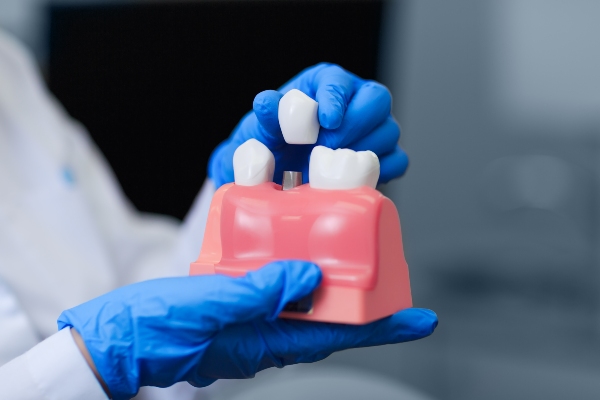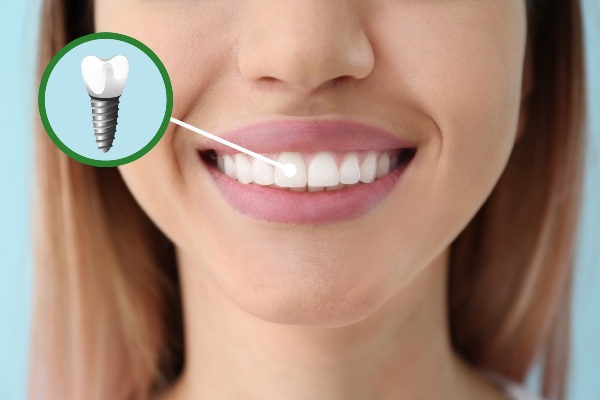Invisalign® Versus Traditional Braces

Not everyone was born with perfectly straight teeth, and for those who have a few teeth out of place, Invisalign® is a great solution. Traditional braces can be bulky and uncomfortable due to the nature of the brackets and ligatures. The brightest minds in modern dentistry came up with a new idea: What about an effective teeth straightening system that was virtually invisible? Hence, Invisalign® was born.
Although there are a number of benefits to Invisalign®, traditional braces do have an advantage with certain cases. Each treatment is used to treat a variety of orthodontic issues.
What is Invisalign®?
These clear, medical-grade plastic trays are used to shift the position of teeth and straighten them, just like regular braces. What sets Invisalign® apart from traditional braces is the fact that they are virtually invisible. Ditching the bulky, metallic brackets and wires that come with traditional braces, Invisalign® uses a system of customized clear trays that are meant to be worn in periods of one to two weeks in order to make adjustments to the teeth little by little.
The system works by providing a full set of trays that are designed to be worn during a certain period of time (usually one to two weeks), then replaced with the next aligner. Each aligner tray provides small adjustments to the teeth until the smile is completely straightened.
The Invisalign® system works just as effectively as braces, although treatment may take longer depending on each specific orthodontic case. Invisalign® works best for mild to moderate teeth adjustments. Those who have severely misaligned teeth, an overbite or an underbite may find that braces are the best treatment for making bigger changes in their smile.
Older teens and adult patients are usually excellent candidates for Invisalign®. This treatment system is generally not used for children.
What are traditional braces?
Many patients are familiar with the process of traditional braces. These metal or ceramic appliances are attached to the teeth via a special dental glue. The braces are connected by a single wire that runs through all the brackets on each tooth. This wire is tightened at each office visit, offering adjustments that bring crooked teeth into a straightened position.
Unlike Invisalign®, braces can be used for severe correction. Braces can certainly be a bit more uncomfortable than Invisalign®. The sensitivity associated with each adjustment visit can be painful for some, which is one reason patients tend to opt for Invisalign® over braces.
A severe overbite, crossbite or underbite is usually best treated with conventional braces. Braces are also often used for younger patients, as they can help form the developing jawbone into the correct position.
Traditional braces and Invisalign® are similar when it comes to pricing and treatment time. However, treatment time and cost is completely dependent upon each specific case.
Consider Invisalign® for your teeth straightening treatment
Invisalign® offers a discreet, comfortable orthodontic experience that works with every patient lifestyle. Invisalign® can treat teeth effectively and quickly, while allowing the wearer to smile, laugh and speak with confidence. If you are ready to dive into Invisalign® and straighten your teeth once and for all, give our office a call to set up a consultation today.
Request an appointment here: https://www.mytotaldentistry.com or call McCarthy Dentistry at (740) 546-5178 for an appointment in our Marietta office.
Check out what others are saying about our services on Yelp: Read our Yelp reviews.
Recent Posts
Most people want to have dental implants right after dental extraction. Replacing the lost tooth is a priority. This can prevent more complications as the mouth heals. Understanding the process of getting implants after dental extraction can help prepare you for your appointment. Here are the details about getting dental implants after a dentist removes…
Dental implants are small, titanium screws placed into the jawbone where a tooth was removed. The implant fuses with the jawbone over time and supports a crown, bridge, or denture. This article will review six warning signs that it is time to inquire about dental implants.Many people (adults) postpone receiving treatment after losing a tooth…
Investing in dental implants can be the healthiest thing that you can do for your dental health. Replacing missing teeth is necessary. Dental implants are the gold standard in dental replacements. Knowing how to care for your new implants can improve your oral health for a long time. Here are some pointers that you must…
Dental implants are a popular and effective treatment option for missing teeth. However, it can be overwhelming to learn about the details of the entire process. In addition, it is normal to have questions about the procedure. This article will review the most commonly asked questions and help you determine if this procedure may be…


